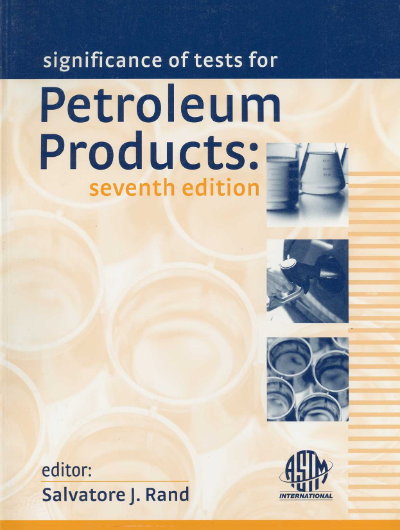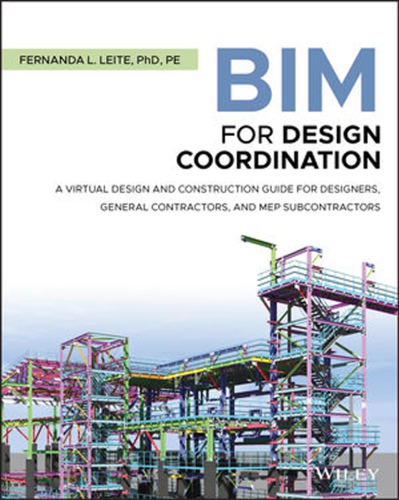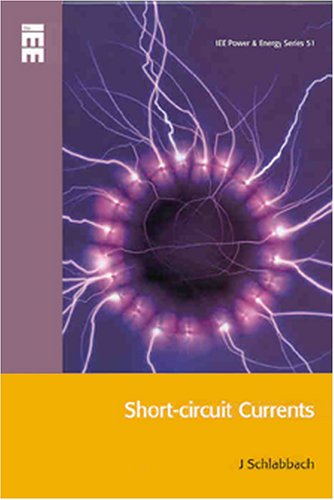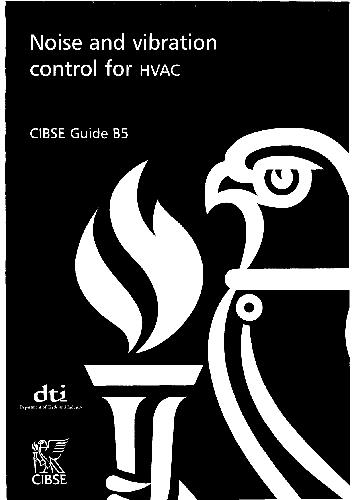| Book Name: | [PDF] Significance of Tests for Petroleum Products |
| Category: | Petroleum Engineering |
| Free Download: | Available |

| Book Details : | |
|---|---|
| Language | English |
| Pages | 262 |
| Format | |
| Size | 8.60 MB |
Significance of Tests for Petroleum Products 7th Edition
Significance of Tests for Petroleum Products 7th Edition by Salvatore J. Rand PDF Free Download.
Tests for Petroleum Products Contents
- Chapter 1 Introduction
- Chapter 2 Aviation Fuels
- Chapter 3 Automotive Gasoline
- Chapter 4 Fuel Oxygenates
- Chapter 5 Crude Oils
- Chapter 6 Fuels for Land and Marine Diesel Engines and for Non-Aviation Gas Turbines
- Chapter 7 Burner, Heating, and Lighting Fuels
- Chapter 8 Properties of Petroleum Coke, Pitch, and Manufactured Carbon and Graphite
- Chapter 9 Methods for Assessing Stability and Cleanliness of Liquid Fuels
- Chapter 10 Lubricant Base Fluids
- Chapter 11 Lubricating Oils
- Chapter 12 Automotive Engine Oil and Performance Testing
- Chapter 13 Lubricating Greases
- Chapter 14 Methods for the Environmental Testing of Petroleum Products
- Chapter 15 Quality Assurance of Test Method Performance
- Chapter 16 Gaseous Fuels and Light Hydrocarbons
- Chapter 17 Sampling Techniques
- Chapter 18 White Mineral Oils
- Chapter 19 Petroleum Solvents
- Chapter 20 Petroleum Oils for Rubber
- Chapter 21 Petroleum Waxes Including Petrolatums
Introduction to Significance of Tests for Petroleum Products PDF
Manual 1 Has A Long And Illustrious History. This is the seventh edition in a series initially published by ASTM in 1928, with the first edition having the designation STP 7.
The second edition was published as STP 7A in 1934, and the manual has been periodically revised over the last seventy-five years to reflect new approaches in the analysis and testing of petroleum and petroleum products.
It is now designated as Manual 1 but has retained its title. Significance of Tests for Petroleum Products.
Committee D02 of ASTM International, Petroleum Products and Lubricants, has assumed the responsibility of revising this manual, although other national and international standards organizations contribute significantly to the development of standard test methods for petroleum products.
These include the Institute of Petroleum (IP) in the U.K., DIN in Germany, AFNOR in France, JIS in Japan, and ISO. Selected test methods from these organizations have been crossed referenced with ASTM standards in some chapters in this publication.
There are discussions presently in progress to harmonize many worldwide standard test methods so that they are technically equivalent to each other. The chapters in this manual are not intended to be research papers or exhaustive treatises of a particular field.
The purpose of the discussions herein is to answer two questions: what are the relevant tests that are done on various petroleum products, and why do we do these particular tests? All tests are designed to measure the properties of a product such that the “quality” of that product may be described.
I consider a workable definition of a quality product to be “That which meets agreed-upon specifications.” It is not necessary that the quality of a product be judged by its high purity, although it may very well be, but only that it meets specifications previously agreed upon among buyers, sellers, regulators, transferors, etc.
The various chapters in this manual discuss individual or classes of petroleum products and describe the standards testing that must be done on those products to assure all parties involved that they are dealing with quality products.
The sixth edition of Manual 1 was published in November of 1993. In the interim, not only has the number available but also the type of some petroleum products undergone dramatic changes, with the result that most products have had changes incorporated in their methods of test, and new test methods standardized and accepted as required.
The generic petroleum products discussed in this seventh edition of Manual 1 are similar to those products described in the chapters of the previous edition.
All chapters have been updated to reflect new specifications and testing standards, where applicable.
In the discussion of some of the various products, selected sections of chapters have been retained and carried over from the sixth edition for the sake of completeness and to give background information more fully.
The authors of the chapters in the sixth edition have been credited in the footnotes of the appropriate chapters where necessary. This edition has been enlarged by the inclusion of eight new chapters not present in the sixth edition, and the original twelve chapters from the sixth edition have been retained and updated.
The new chapters are discussed as follows. Since proper sampling of products is so basic and important in an analysis, it being the first step and part of the analysis, a chapter on sampling techniques has been added.
The Clean Air Act mandates the addition of oxygenates to gasoline; therefore, a stand-alone chapter on fuel oxygenates is included, although oxygenate blends with gasoline continue to be discussed and updated in the chapter on automotive gasoline.
Similarly, a chapter on automotive engine oils has been added to reflect new challenges in test method development of oils specifically for automotive use.
The chapter on lubricating oils deals with the lubrication of other engine types, although automotive oils are also mentioned. Due to the recognition in recent years of the importance of the composition of base oils and the effect of that composition on proper lubrication by the finished blend with additives, a chapter on lubricant base fluids has been added.
A new chapter on environmental characteristics of petroleum products is included, which discusses the standard test methods for measuring toxicity and biodegradation of lubricants.
Another new chapter is entitled, “Properties of Petroleum Coke, Pitch, and Manufactured Carbon and Graphite.” In recent years, a considerable number of standard test methods have been developed to define the characteristics of these types of materials.
The importance of fuel stability and cleanliness has long been recognized, and the testing involved to measure these properties is described in a new chapter on methods for assessing stability and cleanliness of liquid fuels.
Finally, no test method may stand alone without a discussion of the expected precision of its results. Programs and protocols must also be developed to ensure that test methods and measuring tools maintain consistency and accuracy in their results.
These methods are described in the new chapter on test method performance and quality assurance. This chapter is applicable to all testing performed on the petroleum products discussed in this book.
The importance of quality control in the characterization of chemical and physical properties cannot be understated.
The way of the future in testing is to develop correlative methods due to their simplicity, objective city, economy, and in many instances, portability.
Quality assurance methods must be integrated into analytical procedures and protocols so that we can demonstrate that these methods give accuracy and precision equal to or better than the referee methods they supersede.
Solution Manual on Significance of Tests for Petroleum Products (Astm Manual Series, Mnl 1)
Significance of Tests for Petroleum Products PDF
Author(s): Salvatore J. Rand
Series: Astm Manual Series, Mnl 1
Publisher: ASTM International, Year: 2003
ISBN: 9780803120976
Download Significance of Tests for Petroleum Products 7th Edition PDF Free.
Related Results : astm significance of tests for petroleum products,significance of tests for petroleum products,significance of tests for petroleum products 8th edition pdf,significance of tests for petroleum products pdf,
Related More Books
See More POST On : Engineering Books









![[PDF] Draw Buildings and Cities in 15 Minutes Draw Buildings and Cities in 15 Minutes pdf](https://www.freepdfbook.com/wp-content/uploads/2021/06/Draw-Buildings-and-Cities-in-15-Minutes-218x150.jpg)








![[PDF] Digital Image Processing An Algorithmic Introduction Using Java Digital Image Processing An Algorithmic Introduction Using Java](https://www.freepdfbook.com/wp-content/uploads/2022/06/Digital-Image-Processing-An-Algorithmic-Introduction-Using-Java.jpg)




![[PDF] 43 Years JEE ADVANCED + JEE MAIN Chapterwise & Topicwise Solved Papers 43 Years JEE ADVANCED (1978-2020) + JEE MAIN Chapterwise & Topicwise Solved Papers Physics PDF](https://www.freepdfbook.com/wp-content/uploads/2022/03/43-Years-JEE-ADVANCED-1978-2020.jpg)

![[PDF] Problems in Physical Chemistry for JEE (Main & Advanced) Problems in Physical Chemistry for JEE (Main & Advanced) Free PDF Book Download](https://www.freepdfbook.com/wp-content/uploads/2022/03/Problems-in-Physical-Chemistry-for-JEE-Main-Advanced.jpg)
![[PDF] Engineering Physics (McGraw Hill)](https://www.freepdfbook.com/wp-content/uploads/2021/05/bafc8c2685bb6823a9c56134f7fba5df.jpeg)

![[PDF] Engineering Chemistry By Shashi Chawla](https://www.freepdfbook.com/wp-content/uploads/2022/05/Theory-And-Practicals-of-Engineering-Chemistry-By-Shashi-Chawla-free-pdf-book.jpeg)
![[PDF] Chemistry: An Introduction to Organic, Inorganic & Physical Chemistry Chemistry: An Introduction to Organic, Inorganic & Physical Chemistry](https://www.freepdfbook.com/wp-content/uploads/2022/04/Chemistry-An-Introduction-to-Organic-Inorganic-Physical-Chemistry.jpg)
![[PDF] Essentials of Physical Chemistry Essentials of Physical Chemistry Free PDF Book by Bahl](https://www.freepdfbook.com/wp-content/uploads/2022/04/Essentials-of-Physical-Chemistry-bahl.jpg)
![[PDF] Biological control of plant-parasitic nematodes: soil ecosystem management in sustainable agriculture Biological control of plant-parasitic nematodes: soil ecosystem management in sustainable agriculture](https://www.freepdfbook.com/wp-content/uploads/2022/05/Biological-control-of-plant-parasitic-nematodes-soil-ecosystem-management-in-sustainable-agriculture.jpg)
![[PDF] Human Anatomy: Color Atlas and Textbook Human Anatomy: Color Atlas and Textbook Free PDF Book](https://www.freepdfbook.com/wp-content/uploads/2022/05/Human-Anatomy-Color-Atlas-and-Textbook.jpg)
![[PDF] Concepts of Biology Book [Free Download]](https://www.freepdfbook.com/wp-content/uploads/2022/05/Concepts-of-Biology.jpg)
![[PDF] Essentials of Biology [Free Download] Essentials of Biology Free PDF BOok Download](https://www.freepdfbook.com/wp-content/uploads/2022/05/Essentials-of-Biology-Free-PDF-Book-Downlaod.jpg)
![[PDF] Human Biology Book [Free Download]](https://www.freepdfbook.com/wp-content/uploads/2022/05/PDF-Human-Biology-Book-Free-Download.jpg)


